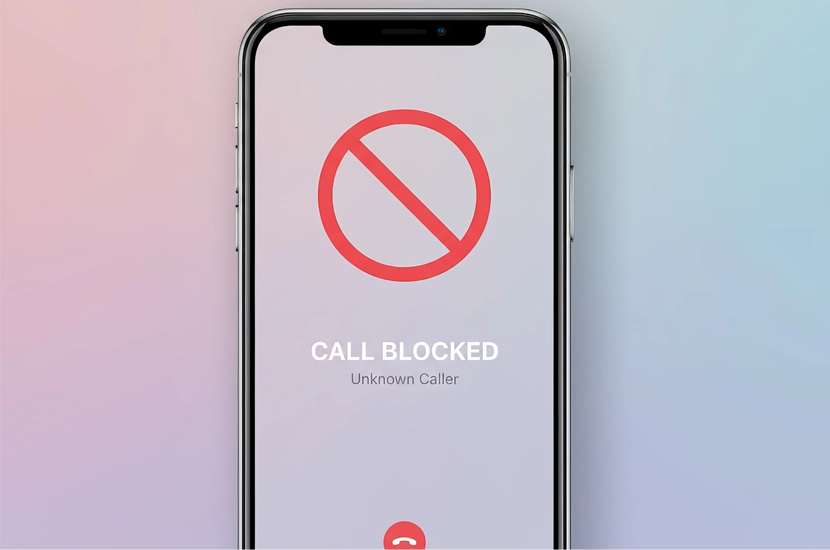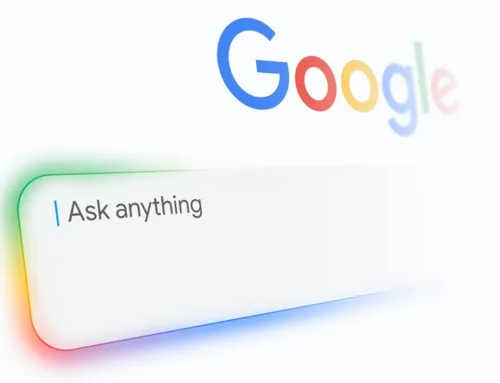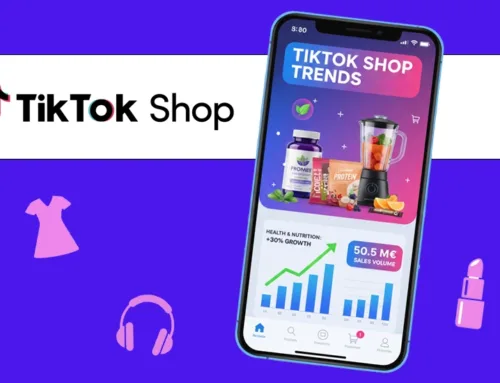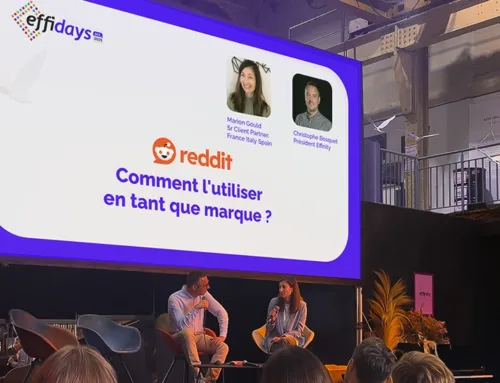In any lead generation strategy, there’s a frustrating paradox: a prospect has filled in a form, clicked on an ad or downloaded a white paper… but once collected, this contact becomes impossible to reach. Unanswered calls, ignored emails, text messages left hanging: unreachable leads are a reality for every company. Yet these contacts are not without value.
Indeed, a “dormant” lead is first and foremost a person who has shown an initial interest in a product or service. The real challenge, therefore, is to limit the number of unreachable leads upstream, then implement tactics to rekindle their interest and requalify them.
In this article, we detail the best practices to be applied from the outset, the effective strategies for reactivating a silent lead, and the constraints to be taken into account to maximize conversion.
Limiting unreachable leads at the collection stage: best practices
The best way to deal with unreachable leads is to reduce their volume right from the generation phase. This involves three levers: targeting, data validation and sales reactivity.
Intelligent targeting to avoid false leads
A poor-quality lead remains difficult to exploit, whatever the re-launch scenario. To limit losses, it is essential to :
- Define a precise audience right from the start of the campaign (socio-demographic criteria, purchase intent, digital behavior).
- Avoid forms that are too long or intrusive, encouraging you to fill them in with unrealistic data.
- Propose a clear value proposition (white paper, free trial, demonstration…) to attract real prospects.
Verify and enrich the data collected
Many leads become unreachable because of a wrong number or an invalid email address. Solutions exist to limit these errors:
- Use a predictive tool or validation API to verify phone numbers and email addresses in real time.
- Set up confirmation fields (e.g. email entered twice).
- Enrich data with specialized tools to complete missing information (function, company, sector).
Be responsive when making contact
Timing is key to converting a lead. A prospect who leaves his contact details expects a quick follow-up.
- Call within hours of collection, ideally the same day.
- Plan a maximum of two attempts per day to avoid intrusiveness.
- Set reminders over a week, at different times (morning, noon, evening).
- Leave a personalized voice message, more effective than a simple missed call.
In short: reactivity and relevant targeting are the first weapons against unreachable leads.
Revive your dormant prospects with multi-channel strategies
Even with all our best practices, some leads remain silent. The common mistake is to consider them as lost. On the contrary, there are many tactics you can use to awaken their interest and create a new point of contact.
Diversifying relaunch channels
Limiting yourself to the telephone reduces your chances of conversion. A prospect may be more receptive to other channels:
- Personalized SMS: simple, direct and effective (“We’ve been trying to reach you. Click here to schedule an appointment”).
- WhatsApp and instant messaging: more conversational, they establish a less formal relationship and increase response rates.
- Nurturing e-mails: automated scenarios in the CRM (sequences of 3 to 5 messages with useful content).
Bringing value to rekindle interest
A prospect who doesn’t respond isn’t necessarily disinterested: he may be running out of time or need additional arguments. In this case, content is an excellent lever:
- Sector newsletter: relevant information that positions the company as an expert.
- Case studies and customer testimonials: social proof that reassures.
- Practical guides, checklists, e-books: downloadable resources that give people a renewed desire to interact.
Personalize and enrich reminders
Instead of sending standardized messages, you can :
- Use available data (sector, company size, function) to tailor your pitch.
- Offer personalized contact options: choose between call, WhatsApp, email or online appointment booking (e.g. via Calendly).
- Let the prospect choose the ideal time to be recontacted.
Activate advertising leverage
Retargeting is a powerful weapon for keeping a prospect’s attention:
- Remarketing campaigns on Google or Meta Ads to remind you of the offer.
- Lookalike audiences to reach similar profiles and broaden the target.
The key idea is to reactivate interest by multiplying contact points and giving the prospect back control over how they want to be contacted.
Qualify and track your leads to maximize conversions
Relaunching without measuring doesn’t improve results. Follow-up and qualification are therefore essential to avoid wasting time and money.
Assess lead warmth (lead scoring)
Lead scoring involves assigning a numerical score according to various criteria. This enables you to concentrate your efforts on the most promising leads.
- Behavior (clicks, email opens, site visits).
- Engagement (downloading content, making an appointment).
- Declarative data (position, sector, company size)…
Prioritize reminders
Once the scoring has been established :
- Hot leads need to be recalled quickly.
- Warm leads can be entered into automated nurturing scenarios.
- Cold leads should be put aside to avoid saturating sales teams.
Use the right tools
CRM tools such as HubSpot, Salesforce or a solution like Heeet facilitate qualification and follow-up by centralizing all interactions. They also enable you to automate certain follow-ups and measure performance (call-back rate, conversion rate, cost per lead requalified).
Rigorous follow-up transforms lead processing into a data-driven process, rather than a succession of blind follow-ups.
Anticipate constraints and best practices to optimize your relaunches
Recontacting unreachable leads is not without its difficulties. Several constraints need to be integrated into the strategy.
The rise of anti-call filters
Many applications now filter out suspicious or unwanted calls. This limits the effectiveness of traditional telephone prospecting.
Solution: diversify channels and favor less intrusive approaches (WhatsApp, personalized emails).
Evolving business models
The market is evolving towards a logic of qualified appointments, rather than simple CPL (cost-per-lead) leads.
- The CPL may increase, but the commercial value of the lead is stronger.
- This encourages advertisers to prioritize quality over quantity.
Compliance with consent and the RGPD
Dunning must always comply with regulations:
- Obtain explicit consent to be contacted.
- Make it easy for prospects to unsubscribe from communications.
- Secure data storage.
Propose several contact options
To limit friction, it’s crucial to give prospects the freedom to choose. Offering this flexibility reduces the risk of rejection and improves response rates.
- Be called back by phone.
- Be contacted by email or WhatsApp.
- Schedule a time slot yourself using a calendar tool.
An unreachable lead is not a dead loss. It’s a warning signal that invites you to review your collection, qualification and follow-up methods.
Upstream, you need to reduce the number of unreachable leads through better targeting and data validation.
Downstream, you need to rekindle interest through multi-channel, personalized and value-based follow-up.
Finally, follow-up and scoring enable you to prioritize sales efforts and maximize ROI.
In a context where prospects are increasingly solicited and protected by filters, the key lies in a human, respectful and flexible approach. The aim is not to force conversion, but to leave the prospect the choice of follow-up, while maintaining an intelligent, proactive presence. In this way, dormant leads can once again become concrete opportunities, provided a structured and sustainable strategy is put in place.




